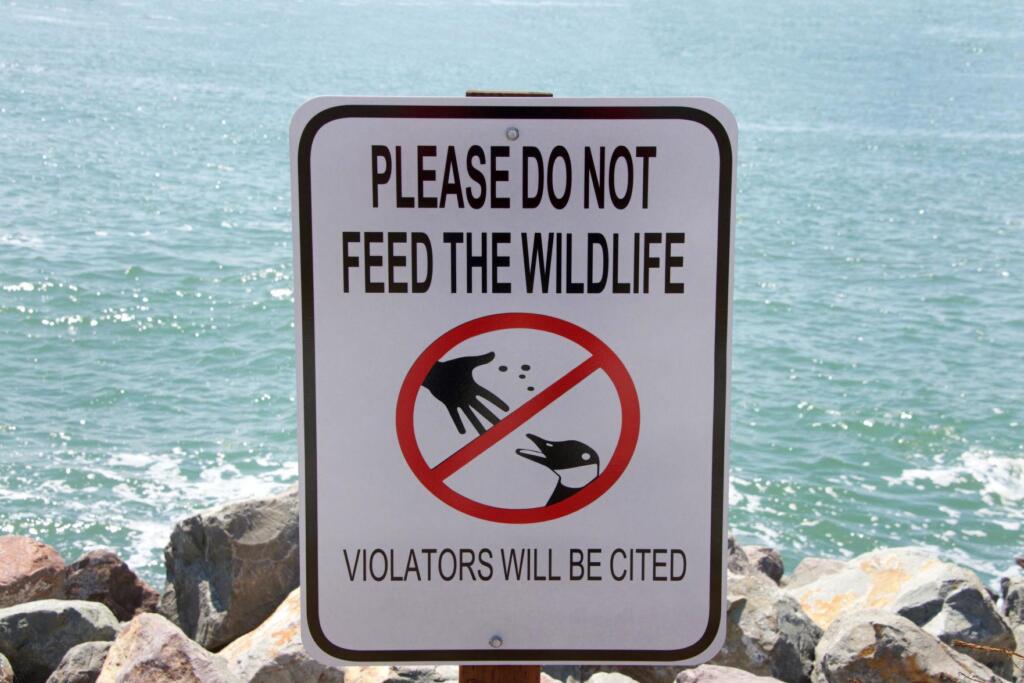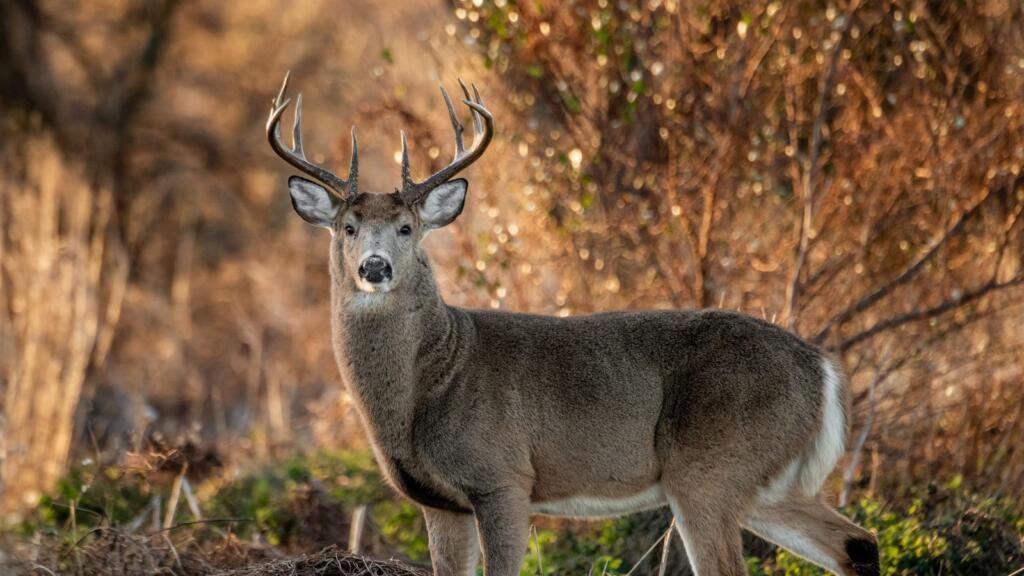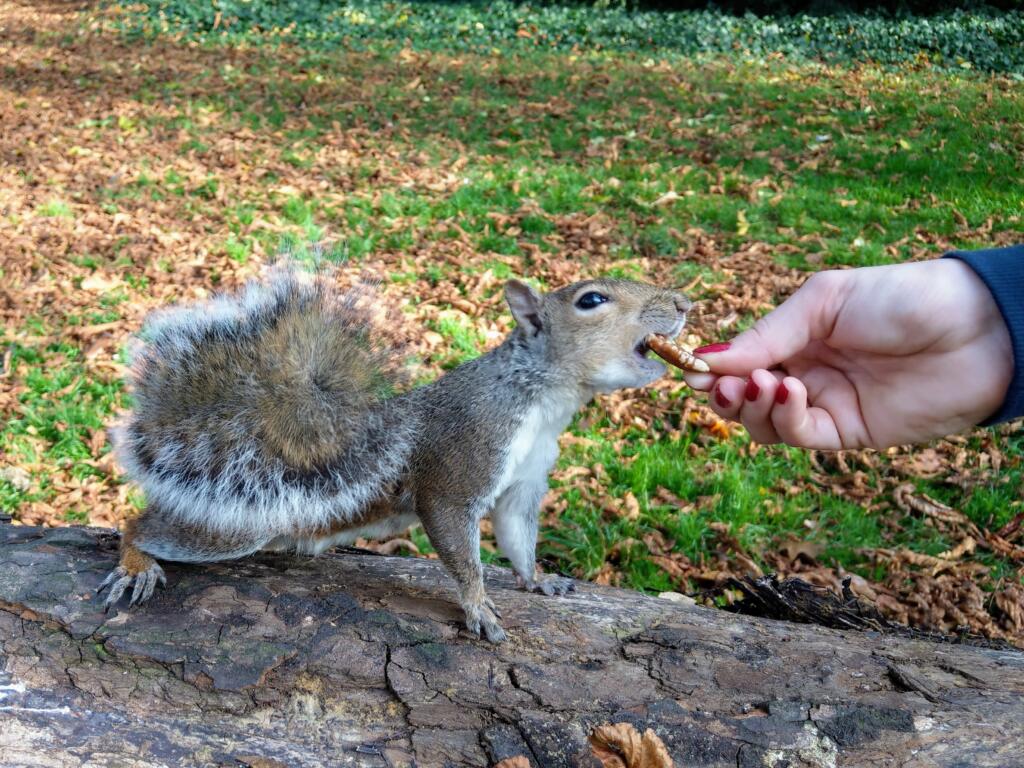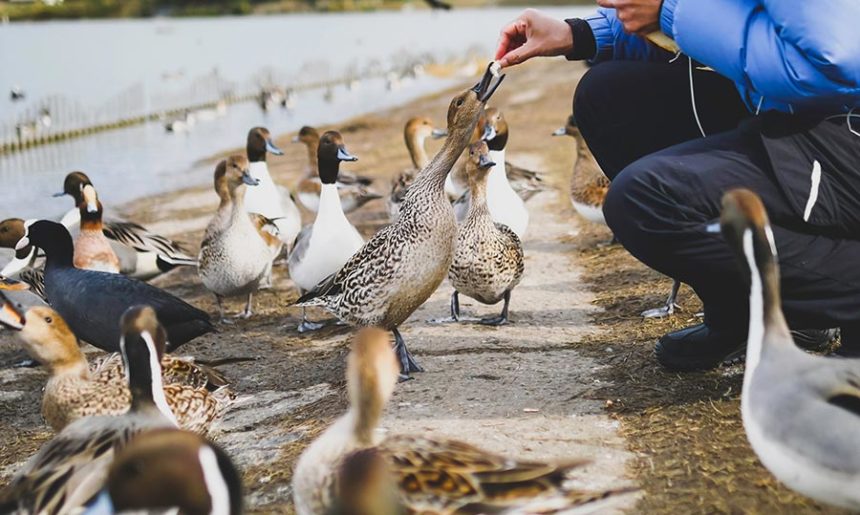
It’s a quintessential image: a sunny day, a lake full of ducks, and families with children feeding pieces of bread to the animals. This idea may seem completely harmless; after all, the animals are happy, and you get closer to nature, so what’s the problem? However, before you toss your leftovers towards the lake, consider these five reasons why feeding wildlife may not be the best idea.
You Could Get Injured

Besides putting up bird feeders during the winter months, you should steer clear of feeding any wildlife. Instead, animals should be observed from a safe distance. This is especially crucial with larger animals with lake habitats, such as deer and elk. In 2018, one woman in Cortlandt, New York, suffered several injuries from attempting to feed a male white-tailed deer. For many of these animals, humans are seen as a threat, and approaching them with food could provoke a defensive attack. By staying back and watching them, you’re keeping yourself safe and minimizing any disturbance of nature.
Animals Could Get Injured

Besides the risk of human injury, feeding wildlife leaves animals more vulnerable to injury and fatalities as well. In general, animals are most safe in their natural wild habitats where they can steer clear of risks that accompany proximity to humans. One of the biggest risks is roads — one of the major causes of wildlife mortality is being hit by a moving vehicle. When feeding wildlife, many people encourage animals to come close to roads, crossroads, or enter parking lots. Although it’s done under the guise of helping animals, this coercion actually leaves these creatures more exposed to danger.
Human Food Isn’t Healthy For Animals

Many people assume that by feeding wildlife, you’re helping the animals get their nutrients for the day. When animals are used to foraging for food, they might appreciate a nice meal from a human. But while the ducks by the shoreline may look like they’re enjoying those breadcrumbs, their digestive system tells a different story. Animals do not need “people food” to survive, and their bodies aren’t built to absorb it. Over time, this can have disastrous consequences. When animals rely on human food, they might become dependent on people to survive, thus making them more vulnerable to humans in general, including those who cause harm. Their natural fear of people, which often helps them stay alive, should be preserved.
There are Public Health Concerns

Public health concerns are another key reason why you shouldn’t feed wildlife. Although human food is bad for wildlife, animals tend to gravitate towards the most convenient food source available. If people are readily throwing bread crumbs, animals will follow the source. Over time, large groups of animals will clamor for the next piece of bread, creating “hangout” groups. But when too many animals are in one place, the chances of disease transmission to both humans and other wildlife increase. Plus, overcrowding and competition for food elevate the risk of fighting and injury among the same species.
What Can You Do Instead?

The impulse to feed wildlife makes sense. As nature lovers, we want to see wildlife up close and in person. However, there are other ways to have contact with wild animals that don’t cause harm. You could search for local animal rehabilitation centers near your lake area. Volunteering is a great way to get involved in helping local species! You can also benefit wildlife by planting native plants in your backyard that foster the ecosystem. At the end of the day, just remember that wild animals are just that—wild. As such, it’s our job to observe and appreciate them safely from a distance.

